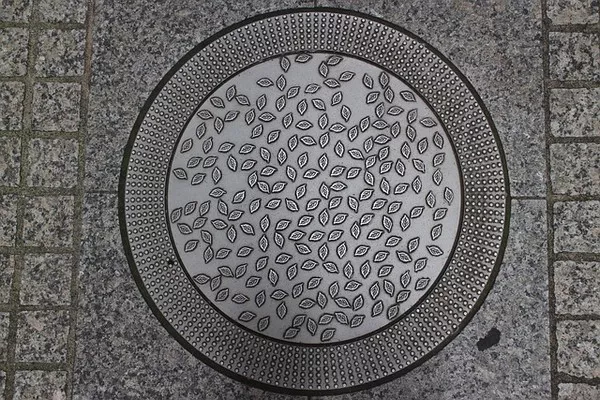Wastewater treatment plants play a pivotal role in safeguarding the environment and public health by treating and purifying wastewater before it is released back into natural water bodies. These facilities are engineering marvels that combine various physical, chemical, and biological processes to remove contaminants and pollutants from wastewater. In this article, we will delve into the intricate workings of a wastewater treatment plant, exploring the key processes involved and the significance of each stage in ensuring the sustainable management of water resources.
Primary Treatment: Screening and Sedimentation
The journey of wastewater treatment begins with the primary treatment phase, where raw sewage undergoes preliminary screening and sedimentation. Upon entering the treatment plant, large objects such as sticks, plastic, and debris are screened out to prevent damage to downstream equipment. Following this, the wastewater flows into sedimentation tanks, where gravity facilitates the settling of heavier solids. The primary treatment primarily targets the removal of grit and large particles, setting the stage for subsequent, more intricate processes.
Secondary Treatment: Biological Processes
One of the core elements of wastewater treatment is the secondary treatment phase, where biological processes come into play. In this stage, microorganisms such as bacteria and protozoa are harnessed to break down organic matter present in the wastewater. The most common method employed is the activated sludge process, where air is introduced into aeration tanks to stimulate the growth of microorganisms. These microorganisms then feed on organic pollutants, transforming them into harmless byproducts.
Alternatively, some treatment plants utilize trickling filters or rotating biological contactors to achieve similar results. These methods promote the growth of microorganisms on media surfaces, allowing for the efficient removal of organic matter. The secondary treatment is crucial in reducing the biochemical oxygen demand (BOD) of the wastewater, ensuring that the discharged water is less harmful to aquatic ecosystems.
Tertiary Treatment: Polishing for Purity
While secondary treatment significantly improves the quality of wastewater, tertiary treatment is employed to further polish the effluent and meet stringent environmental standards. This phase employs advanced physical and chemical processes to remove remaining contaminants, including fine suspended particles, nutrients, and pathogens.
Filtration is a common technique in tertiary treatment, where the effluent passes through sand or multimedia filters to capture remaining solids. Chemical coagulation and flocculation may also be employed to agglomerate fine particles, making them easier to remove. Additionally, advanced oxidation processes, such as ultraviolet (UV) disinfection, are used to eliminate harmful microorganisms, ensuring the treated water meets strict health and safety criteria.
Sludge Treatment and Disposal
Throughout the treatment process, solids separated from wastewater, known as sludge, accumulate and require proper management. Sludge treatment is a critical aspect of wastewater treatment plants, involving various processes to minimize environmental impact and extract valuable resources.
One common approach is anaerobic digestion, where sludge undergoes bacterial decomposition in the absence of oxygen. This process produces biogas, a renewable energy source, and stabilizes the sludge for safe disposal. Alternatively, sludge dewatering methods, such as centrifugation or belt press, are employed to reduce moisture content and facilitate disposal or beneficial reuse.
Resource Recovery: Turning Waste into Assets
Wastewater treatment plants are increasingly adopting a sustainable approach by incorporating resource recovery strategies. By harnessing the potential of byproducts generated during the treatment process, these facilities contribute to the circular economy and minimize waste.
One notable example is the extraction of biogas during anaerobic digestion, which can be used as a renewable energy source to power the plant or be fed into the grid. Additionally, nutrient-rich biosolids from sludge treatment can be transformed into fertilizers, providing a valuable resource for agriculture. The integration of resource recovery not only enhances the economic viability of wastewater treatment but also aligns with broader environmental and sustainability goals.
See Also: Why Is It Important To Remove Ammonia From Wastewater?
Challenges and Innovations
Despite the significant advancements in wastewater treatment technology, challenges persist. Aging infrastructure, population growth, and emerging contaminants pose ongoing challenges to the efficiency and capacity of treatment plants. To address these issues, the wastewater treatment industry is actively exploring innovative solutions, such as the use of artificial intelligence for process optimization, decentralized treatment systems, and the implementation of green infrastructure to manage stormwater.
Conclusion
Wastewater treatment plants are the unsung heroes of environmental protection, ensuring that water released into natural ecosystems is free from harmful contaminants. The intricate processes involved in screening, sedimentation, biological treatment, and resource recovery collectively contribute to the sustainable management of water resources. As technology advances and environmental awareness grows, wastewater treatment plants will continue to evolve, playing a crucial role in safeguarding the delicate balance of our ecosystems and securing a cleaner, healthier future for generations to come.

